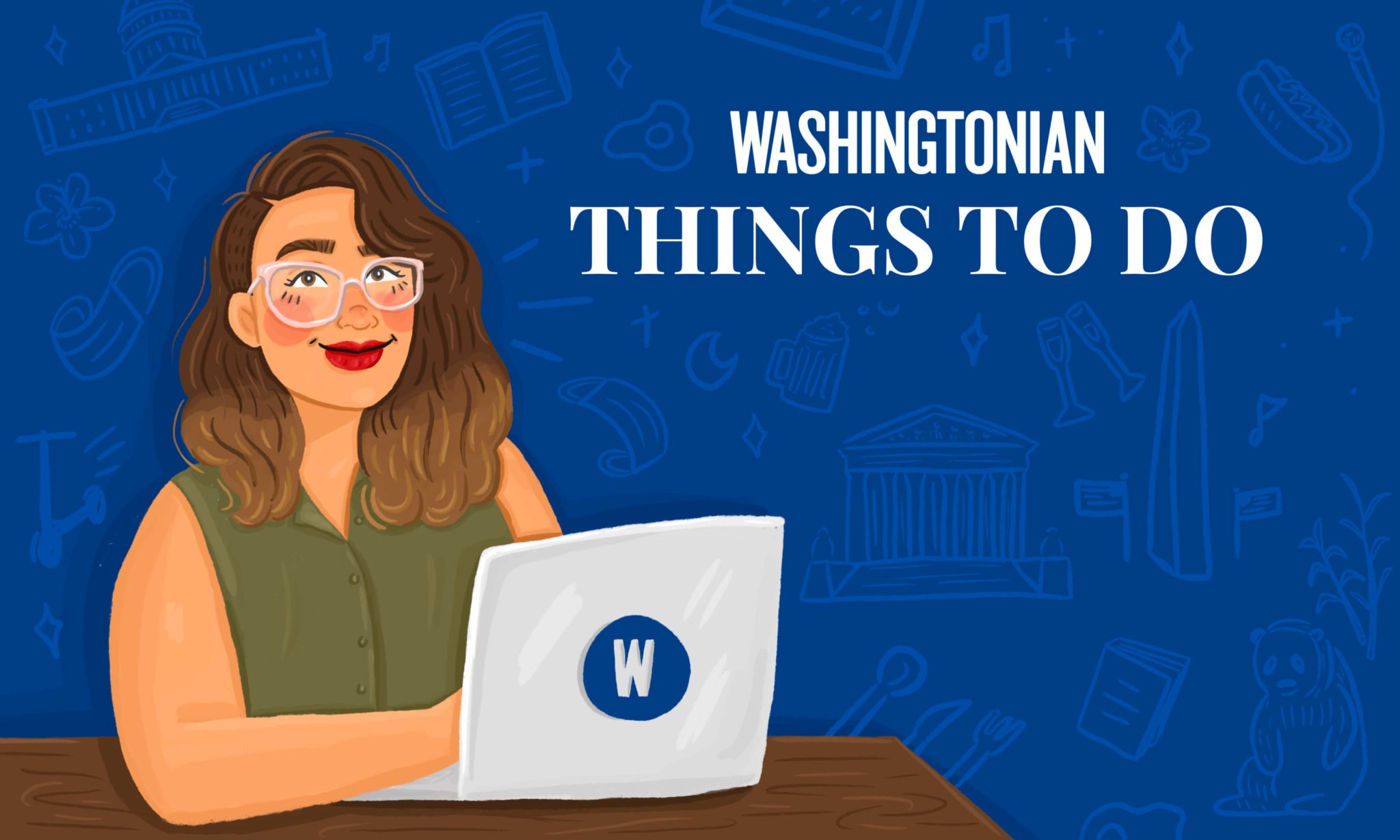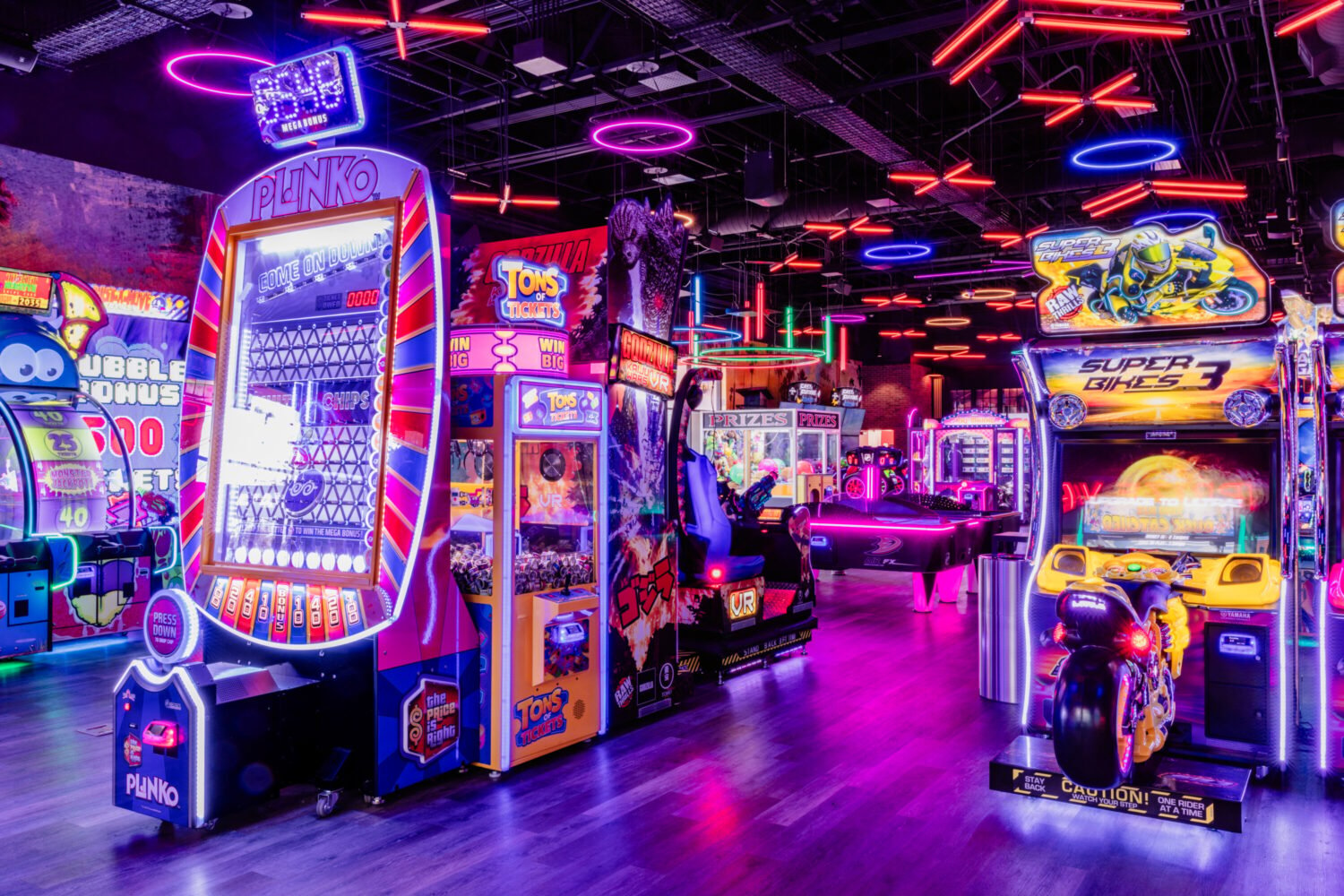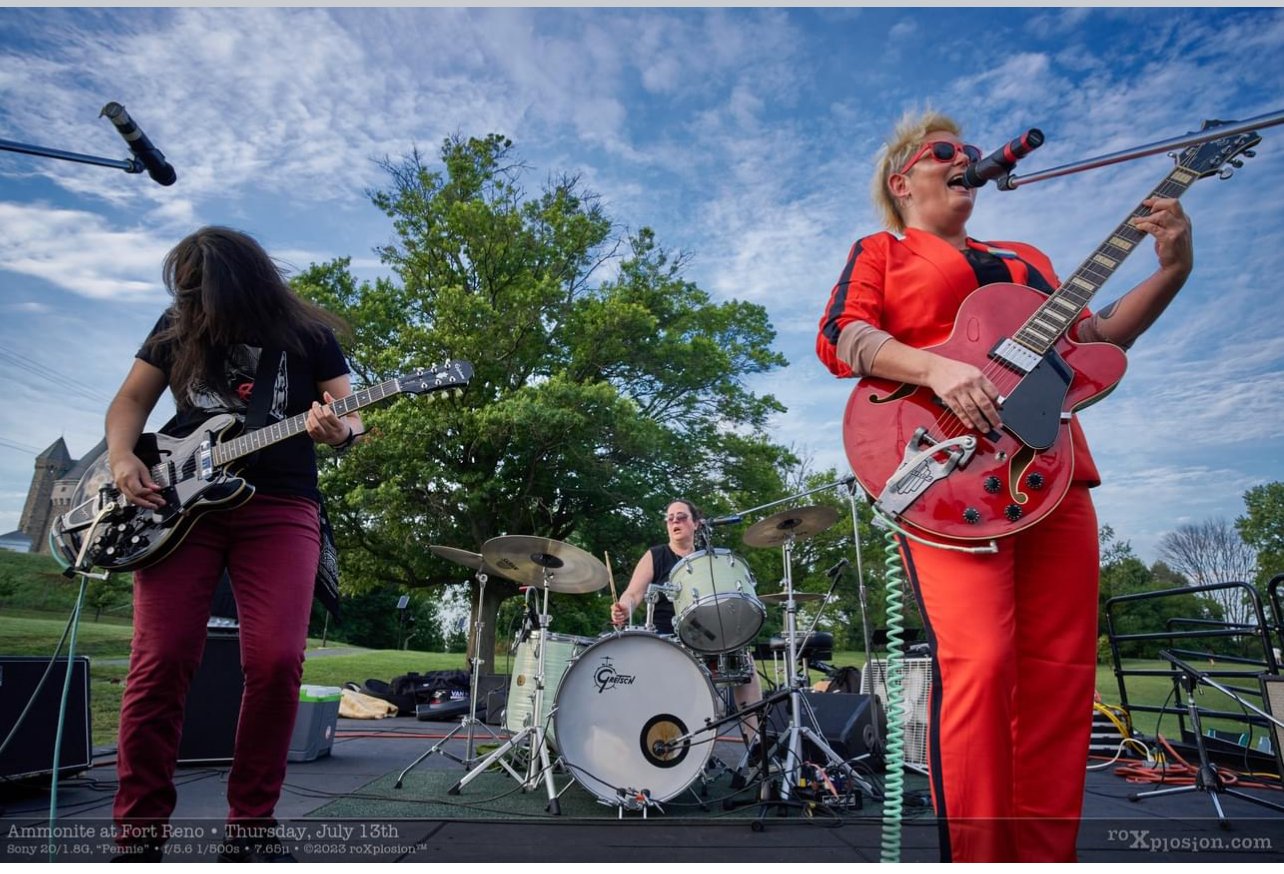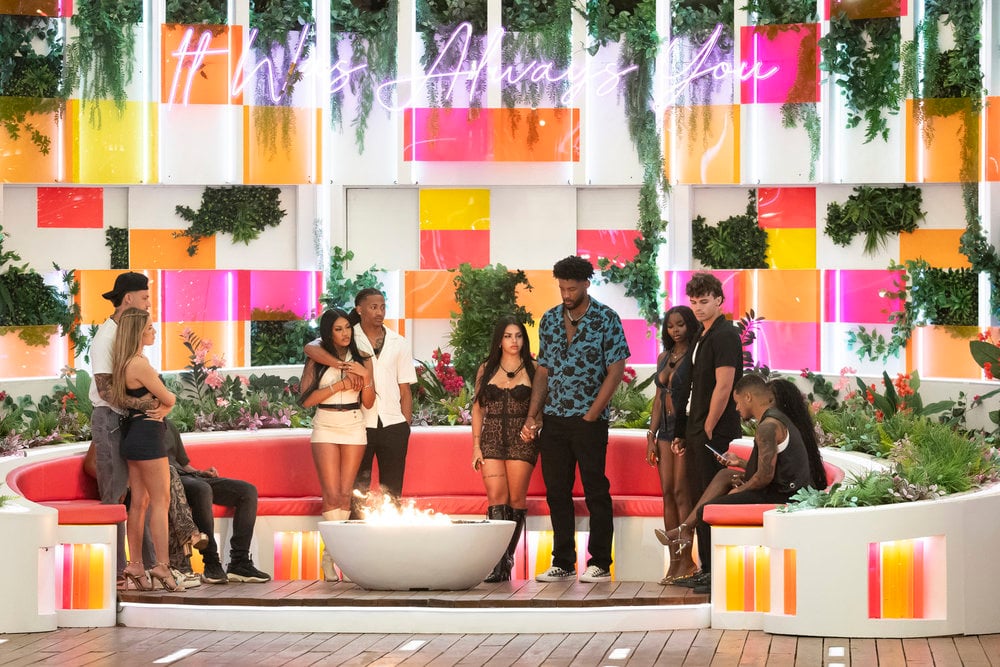Hey there!
My name is Jane Recker, and I’m filling in for Rosa today. Today I’m feeling grateful for the fast-approaching end to my Seasonal Affective Disorder. I can already see the buds coming in on the trees around my house, and I’m VERY much enjoying the increasing hours of daylight for post-work walks. Here are some of the things you can do this week to shake up your routine and welcome the (almost) return of spring.

Hug a ’shroom: The National Landing BID has partnered with Sydney-based light and design studio amigo & amigo to install an immersive pop-up art installation called “The Shrooms.” The field of giant, inflatable mushrooms debuted Friday at Gateway Park North. The colorful fungi are meant to represent good luck and to encourage social interaction in a distanced world. Open now. Free. 101 12th Street South, Crystal City, Arlington
Raise a glass to the ladies: To kick off Women’s History Month, Hotel Zena will host a virtual cocktail class with Figleaf mixologist Jasmine Diaz in partnership with Republic Restoratives. The class will provide tips and tricks to master cocktail classics and will debut a speciality cocktail that will be featured through March. One lucky participant will win a mixology kit to help them truly master their technique. Monday, 3/1 at 7 PM. Free. Register here.
White lies—a scientifically proven necessity: Shankar Vedantam, host of NPR’s Hidden Brain chats with former NPR Morning Edition co-host David Greene at 6th & I about his new book. “Useful Delusions” combines personal anecdote with psychology, neuroscience, and philosophy to show the little untruths we tell ourselves and others aren’t just useful, but necessary for our success and well-being. Tuesday, 3/2 at 7 PM. $6 for a ticket, $33 for a ticket and signed book. Buy tickets here.
Art uninterrupted: After being closed for months, the National Museum of Women in the Arts reopens with two new exhibits. “Sonya Clark: Tatter, Bristle, and Mend” is the first survey of the artist’s 25-year career and will feature 100 pieces that address race and explore Blackness through mediums like human hair, cotton plants, and pocket combs. “Mary Ellen Mark: Girlhood” finally opens after a long delay with roughly 30 photographs of girls from all walks of life that span Mark’s 50-year career. Wednesday, 3/3. $10 admission for adults. Reserve a spot here.
Robot romance: Kazuo Ishiguro discusses his new book, Klara and the Sun, with MIT Robot Ethics expert Dr. Kate Darling. Ishiguro’s first novel since winning the Nobel Prize in Literature is narrated by “Artificial Friend” Klara who observes the activity of the humans around her; it raises the question, What does it mean to love? Darling’s research explores the emotional connection between people and life-like machines, with the intent of influencing technology design and policy direction. Wednesday, 3/3 at 6 PM. $28.99-$35. Purchase tickets here.
Something to look forward to:

My colleague Daniella Byck recently published a preview of the Smithsonian’s upcoming exhibit at the long-closed Arts and Industries building. “FUTURES” will run from November 2021 to July 2022, and will feature 150 uber-futuristic items sure to delight everyone’s latent science geek. Here’s an excerpt to get you excited:
“Despite being the second oldest museum in the Smithsonian family, AIB has always been a space that championed experimentation—the red-brick building displayed a moon rock months after the lunar landing, and housed an electric light bulb before Congress or the White House. This latest exhibit will attempt to examine and forecast our road ahead.
Some items on display feel ripped from the pages of a science fiction novel—think flying cars and high-tech spacesuits—while others center on ideas of sustainability, including a deli case filled with 3D-printed food and lab-grown meat.
“What we’re trying to do in this exhibition is come not from a place of authority, but of curiosity,” says AIB director Rachel Goslin. “Our goal isn’t to educate you about something—it’s to help you ask informed questions and explore many different possible answers.”
Thanks to AIB’s soaring ceilings, Goslin recommends looking up to find things like a massive Loon, a Google X invention that uses wind currents to float internet balloons over remote areas. Many of the displays will be interactive—and touch-free—with opportunities to connect with AI and robots.”












